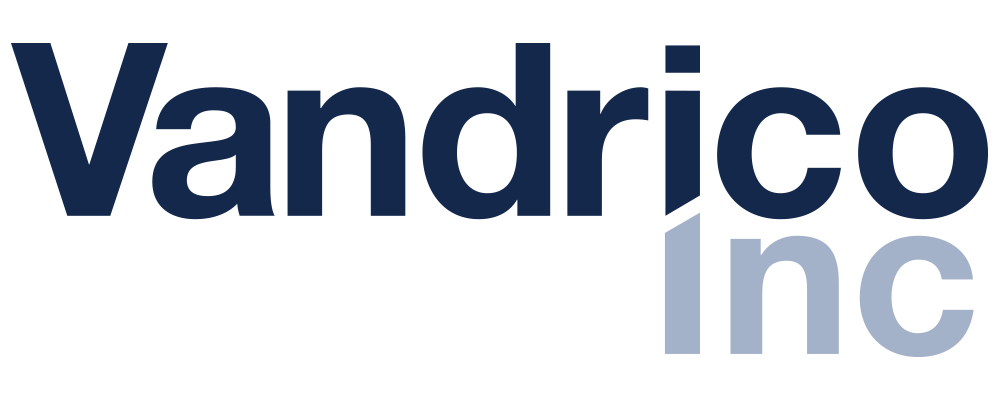There’s No “Perfect Wearable." Here's Why.
/The very first smartphone hit the market back in 1992. It was called Simon and it had a touchscreen and allowed you to send emails and faxes. Simon weighed over a pound and it’s battery lasted about an hour. As we all know now, it was just the tip of the iceberg.
There was a whole series of devices that succeeded Simon and that eventually led to the first iPhone in 2007. Over the span of 15 years, the technology went from rudimentary niche capabilities to ubiquitous and multipurpose. What happened over those 15 years?
Prior to the smartphone revolution there was the personal computer revolution. In the 80s we had a flurry of new hardware entering the market. Each with its own operating system and technology stack. The advancements were slower overall but the essence of the industry movement was the same. A paradigm shift was happening.
In both these cases what made the new hardware form factor go from questionably useful to indispensable was years of software development.
Each major paradigm shift creates a new gap between hardware capabilities and the software needed to fully utilize them. The personal computer seemed unimportant to most until the spreadsheet. The smartphone seemed like a niche product for high productivity business people until the app store. This is why when it comes to wearable technology everyone is searching for that “killer app” that will make it’s value obvious.
But something is different this time…
As much as history is repeating itself, this time the paradigm shift is also different. When computing went from machines the size of rooms to something that could sit on a desk, and then to something you could fit in your pocket, each time it was a new form factor. This time, we have over a dozen new form factors hitting us all at once.
Wristbands that can monitor your activity, glasses that can augment your reality, shirts that can measure your vitals, shoes that can track your gait, pants that can measure your lactic acid, hats that can measure your fatigue, watches that can show you your texts: and this is just the beginning…
In my favourite TED talk, Choice, happiness and spaghetti sauce, Malcolm Gladwell explains how there is no “perfect Pepsi” only “perfect Pepsis”. Well the same has never been so true for ubiquitous technology; there is no “killer app” only “killer apps”; there will be no “perfect wearable” only “perfect wearables”.
Just like with the personal computer revolution, and the mobile computing revolution, for wearables to become mainstream software needs to catch up to the hardware. Unlike those revolutions though, the software doesn’t need to catch up to one new form factor, it needs to catch up to an ever increasing number of form factors.
So we need to write software. A lot of software.
“Software is eating the world.” - MARC ANDREESSEN

